- Introduction: Why is Kyoto So Popular Among Foreign Tourists?
- 1. Fushimi Inari Taisha – The Mystical Path of 1,000 Torii Gates
- 2. Kiyomizu-dera – The Stage of Miracles & Sacred Water
- 3. Kinkaku-ji – The Golden Pavilion That Rose from the Ashes
- 4. Arashiyama Bamboo Grove – A Natural Wonderland Loved by Heian Nobles
- 5. Nijo Castle – The Place Where the Tokugawa Shogunate Ended
- Conclusion: Kyoto’s 5 Essential Spots for Every Visitor
Introduction: Why is Kyoto So Popular Among Foreign Tourists?
Kyoto, Japan’s ancient capital, is a city where history and culture have been carefully preserved for over a thousand years. With countless temples, shrines, and traditional streets, Kyoto offers visitors an experience akin to stepping back in time. In this article, we’ll introduce the Top 5 Must-Visit Tourist Spots in Kyoto along with the historical episodes and legends behind them!
1. Fushimi Inari Taisha – The Mystical Path of 1,000 Torii Gates
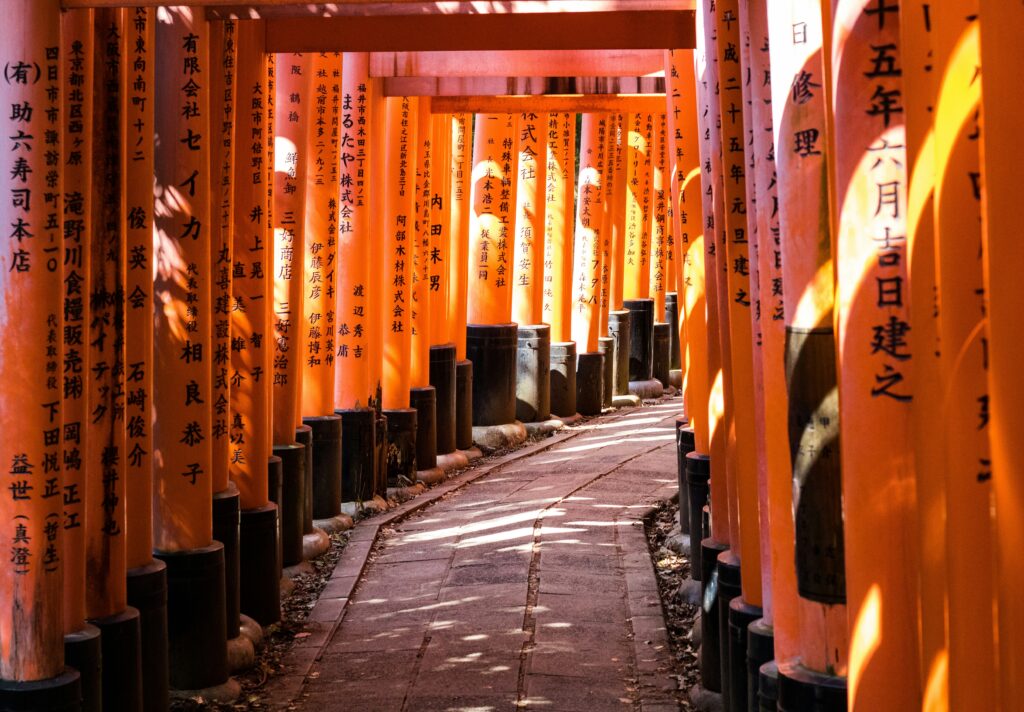
📍 Access: 5-minute walk from JR Nara Line “Inari Station” / 5-minute walk from Keihan Main Line “Fushimi Inari Station”
⏰ Hours: Open 24/7 (You can visit anytime!)
🎟 Admission: Free
Why Visit?
The vibrant red torii gates, known as the “1,000 Torii Gates,” create a mystical tunnel-like path, making this one of Kyoto’s most photogenic spots. Fushimi Inari is the head shrine of all Inari shrines in Japan and is known for granting prosperity and good fortune.
History & Legends
✅ Established in 711! It predates the Heian Period
✅ Why are there so many torii gates? – People donate torii gates as a token of gratitude when their prayers are answered
✅ Are foxes gods? – The fox statues at the shrine hold objects like keys, scrolls, jewels, and rice stalks, symbolizing wisdom, prosperity, and wealth
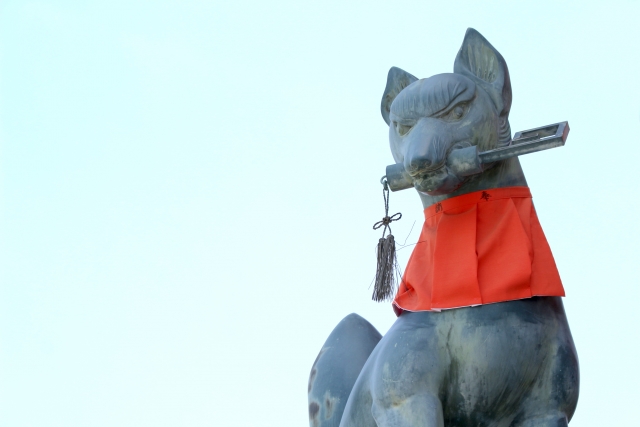
Famous Episode
During the Edo period (1603–1868), merchants donated thousands of torii gates to gain divine favor for their businesses, shaping the Fushimi Inari we see today. The shrine also houses the “Omokaru Stone,” which is believed to reveal your fortune—if you lift it and it feels light, your wish will come true!
Pro Tips
⚠ Visit before 7 AM to avoid the crowds!
⚠ For a more peaceful experience, hike up to the summit—most tourists don’t go that far!
2. Kiyomizu-dera – The Stage of Miracles & Sacred Water
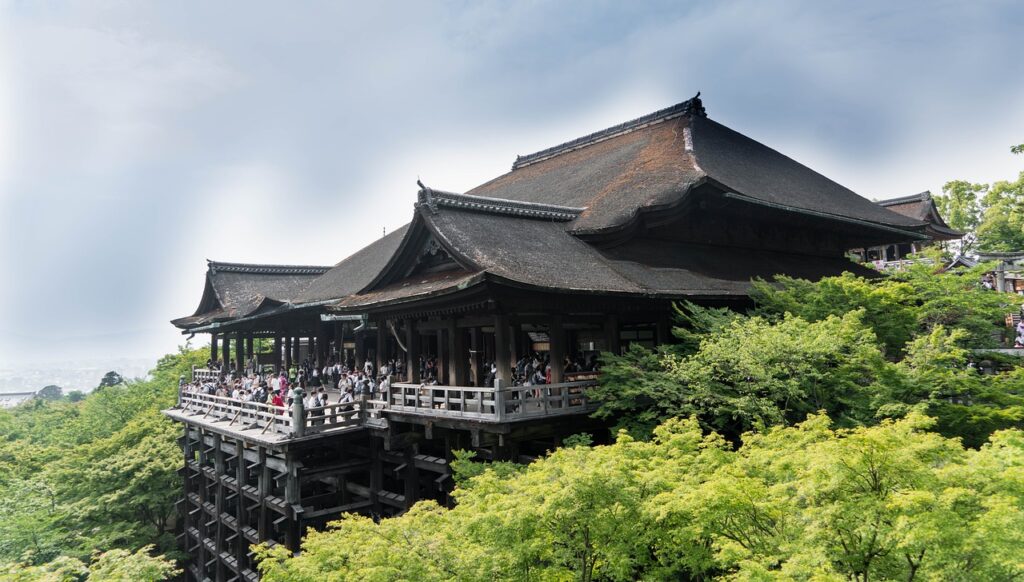
📍 Access: 25-minute walk from Keihan “Kiyomizu-Gojo Station” / 10-minute walk from “Gojo-zaka” bus stop
⏰ Hours: 6:00 AM – 6:00 PM (hours may vary seasonally)
🎟 Admission: Adults 400 yen / Children 200 yen
Why Visit?
Kiyomizu-dera is one of Kyoto’s most famous temples, with its iconic wooden stage offering a stunning panoramic view of the city. During cherry blossom and autumn foliage seasons, the scenery is breathtaking.
History & Legends
✅ Founded in 778! Over 1,200 years of history
✅ The Origin of “Jumping Off the Stage” – In the Edo period, it was believed that if you survived a jump from the stage, your wish would be granted! (Today, jumping is strictly prohibited!)
✅ Otowa Waterfall – The Water of Three Blessings – Drinking from one of the three streams grants “academic success,” “romantic love,” or “good health”
Famous Episode
During the Edo period, over 200 people actually leaped off the stage, believing divine forces would save them. Historical records say about 85% of them survived! Those who did were thought to be blessed with supernatural protection.
Pro Tips
⚠ Mornings are best for photos—afternoon sunlight creates backlight issues!
⚠ Explore nearby Ninen-zaka & Sannen-zaka streets for an authentic Kyoto atmosphere!
3. Kinkaku-ji – The Golden Pavilion That Rose from the Ashes
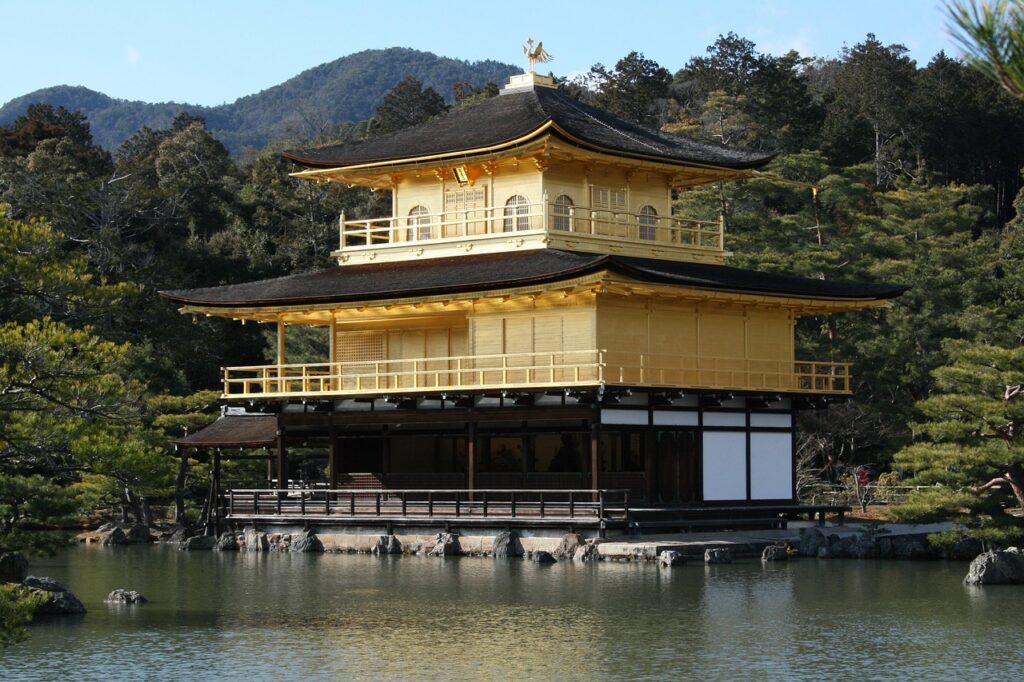
📍 Access: 3-minute walk from the “Kinkaku-ji-michi” bus stop
⏰ Hours: 9:00 AM – 5:00 PM
🎟 Admission: Adults 500 yen / Children 300 yen
Why Visit?
With its dazzling golden exterior reflecting on the pond, Kinkaku-ji is one of Japan’s most iconic sights. Known as the Golden Pavilion, it is a UNESCO World Heritage Site and a symbol of Kyoto.
History & Legends
✅ Originally a villa for Shogun Ashikaga Yoshimitsu in the 14th century
✅ Burned down twice – once in the Sengoku Period, and again in 1950 by a Buddhist monk!
✅ Rebuilt in 1955, covered with real gold leaf
Famous Episode
In 1950, a young Buddhist monk burned down the temple, claiming he was “overwhelmed by its beauty.” His crime shocked the nation and inspired Mishima Yukio’s novel “The Temple of the Golden Pavilion.”
Pro Tips
⚠ Best viewed in the morning when sunlight enhances the golden glow!
⚠ Avoid weekends as it gets crowded with tourists!
4. Arashiyama Bamboo Grove – A Natural Wonderland Loved by Heian Nobles
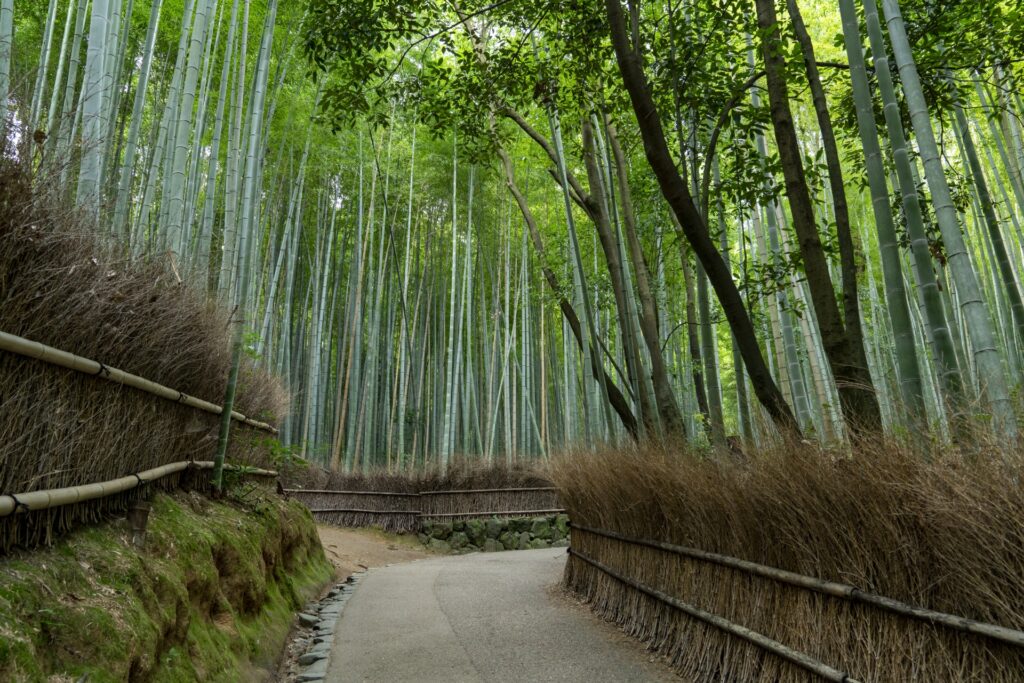
📍 Access: 10-minute walk from JR “Saga-Arashiyama Station” / 5-minute walk from Keifuku “Arashiyama Station”
⏰ Hours: Open 24/7 (You can visit anytime!)
🎟 Admission: Free
History & Legends
✅ Togetsukyo Bridge’s name means “Moon Crossing Bridge” – It was said that the full moon seemed to walk across it
✅ During the Heian Period (794–1185), aristocrats built their villas here to enjoy the serene scenery
5. Nijo Castle – The Place Where the Tokugawa Shogunate Ended
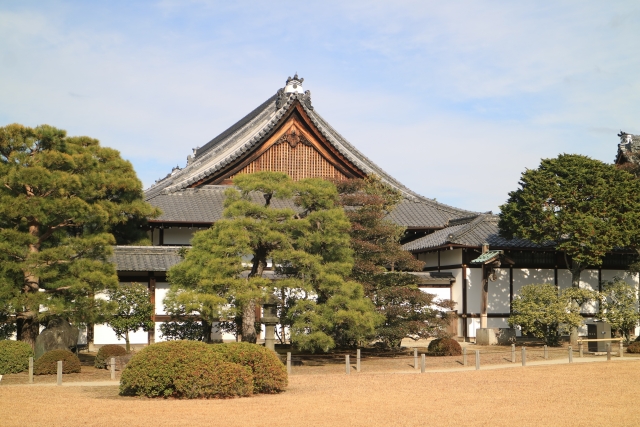
📍 Access: 1-minute walk from the “Nijojo-mae Station” / Bus stop “Nijojo-mae”
⏰ Hours: 8:45 AM – 5:00 PM (last entry at 4:00 PM)
🎟 Admission: Adults 1,030 yen / Students 350 yen
History & Legends
✅ Built by Tokugawa Ieyasu in 1603 – The founder of the Tokugawa Shogunate
✅ The site of the “Great Return of Political Power” (1867) – Where the last shogun officially handed power back to the emperor
Conclusion: Kyoto’s 5 Essential Spots for Every Visitor
From the sacred torii gates of Fushimi Inari to the legendary Kiyomizu Stage, the golden glow of Kinkaku-ji, the tranquil Arashiyama Bamboo Grove, and the historical Nijo Castle—these five spots will give you an unforgettable Kyoto experience!
You can never truly understand its charm until you see it with your own eyes! Be sure to visit!
Stay tuned for our next article, where we’ll cover hidden gems and unique experiences in Kyoto! 🚀

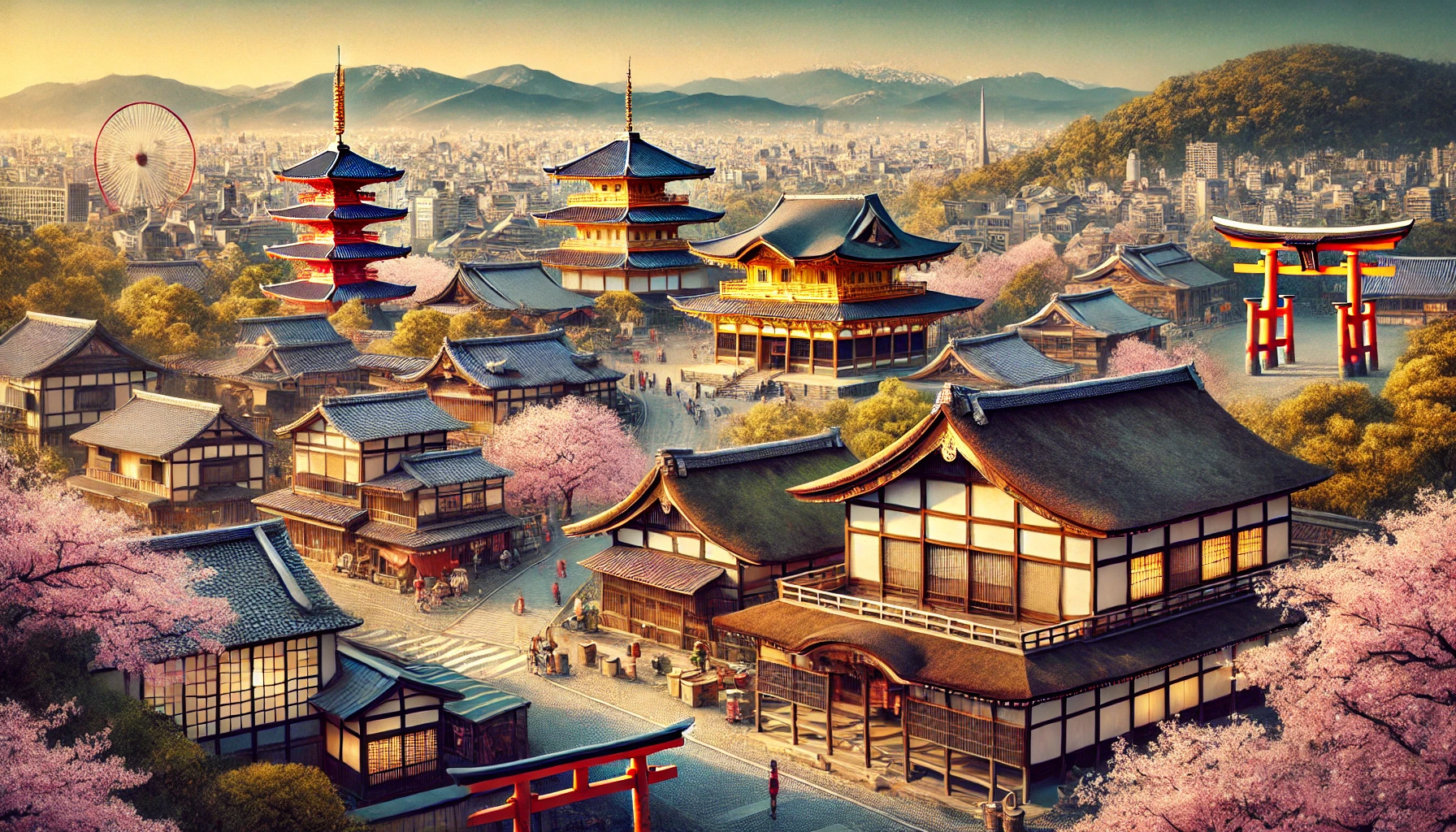


Comments